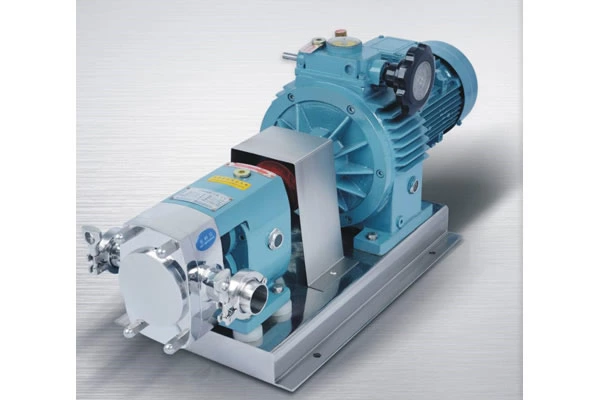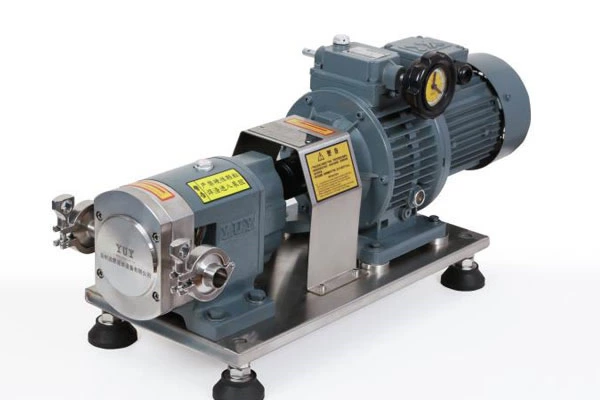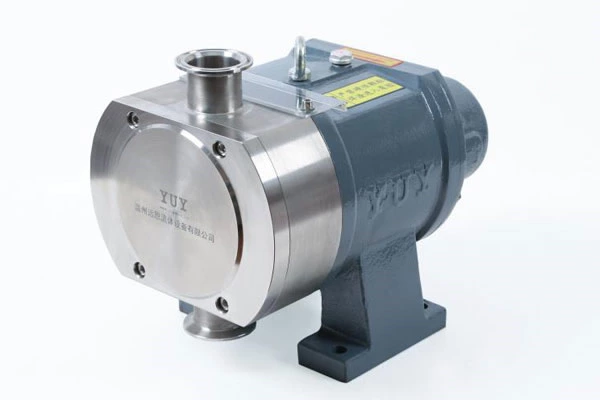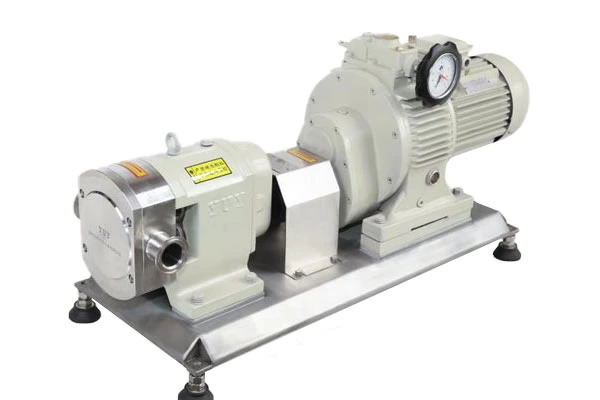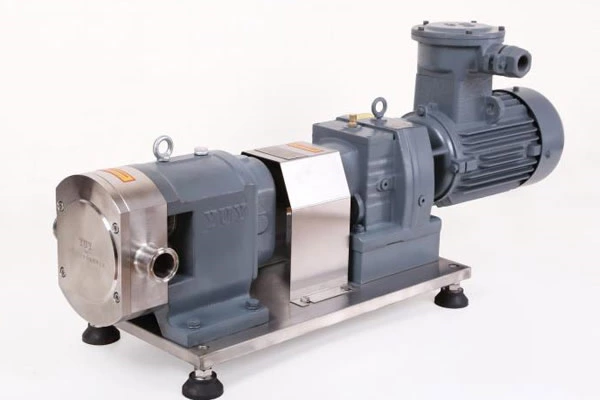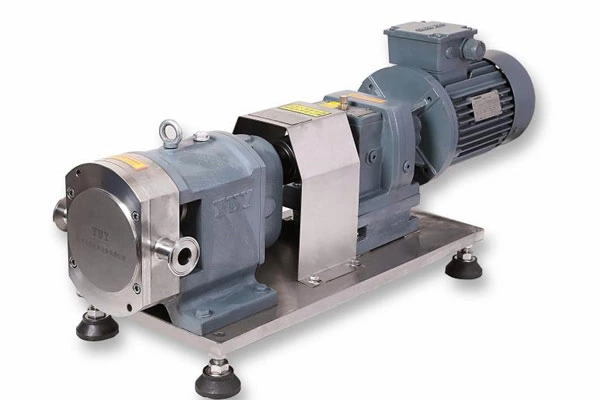The Correct Working Process Of Sanitary Rotary Vane Pump
The medium transported by Sanitary Rotary Lobe Pump is a mixed liquid containing some solid materials. The requirements for sealing, motor load capacity, bearing arrangement and selection are higher than those of general sewage pumps. The most critical issue in the selection and use of sanitary rotary vane pumps is reliability. The sanitary rotary vane pump has a simple structure, strong sewage discharge capacity and convenient use and maintenance. It is widely used in urban sewage pipe network systems.
The scope of use of sanitary rotary vane pumps is the first domestic innovation in the sanitary rotary vane pump series compared with similar domestic products. Various technical performance indicators are leading in China and have reached the international advanced level. It has a broad application market and development prospects. 1 Ambient temperature ≤45℃, medium temperature ≤60℃. 2. The pH value of the medium is 6~9 for cast iron pumps and 1~14 for stainless steel self-priming pumps. 3. The maximum diameter of the passing particles is 60% of the self-priming pump caliber, and the fiber length is 5 times the caliber. 4. The total weight of impurities in the medium does not exceed 15% of the total weight of the medium, and the specific gravity of the medium does not exceed 1240 kg/m3.
Working principle of sanitary rotary vane pump:
A liquid storage chamber is provided in the pump body of the sanitary rotary vane pump, and is connected to the pump working chamber through the reflux hole above and the circulation hole below, forming an axial flow-adding external mixing system of the pump. After the sanitary rotary vane pump stops working, a certain volume of liquid is stored in the pump cavity. When the pump starts, the liquid stored in the relevant authorities is thrown upward with air under the action of the impeller, and the liquid flows back to the working chamber through the grid of the gas-liquid separation tube, and the gas is discharged from the pump, so that a certain vacuum is formed in the pump to achieve the effect of self-priming.
The sanitary rotary vane pump integrates self-priming and non-clogging sewage discharge. It does not need to install a bottom valve and fill water like a general self-priming clean water pump, and can also suck and discharge liquids containing large solid particles and long fiber impurities. It can be widely used in municipal sewage projects, river pond farming, light industry, papermaking, textiles, food, chemicals, electricity, fiber, slurry and mixed suspension and other chemical media. It is the most ideal impurity pump. It has the characteristics of simple structure, good self-priming performance, strong sewage discharge capacity, high efficiency and energy saving, easy use and maintenance, and has a broad application market and development prospects.
The suction port of the sanitary rotary vane pump is generally higher than the impeller suction port. It can be started as long as water is filled in the pump body without the above defects. It is very convenient to use a self-priming pump for mobile drainage and irrigation, mobile work, frequent starting and difficult watering. Self-priming pumps are used in many places such as agriculture, construction, oil tanker unloading, oil depots, firefighting and shipbuilding.
